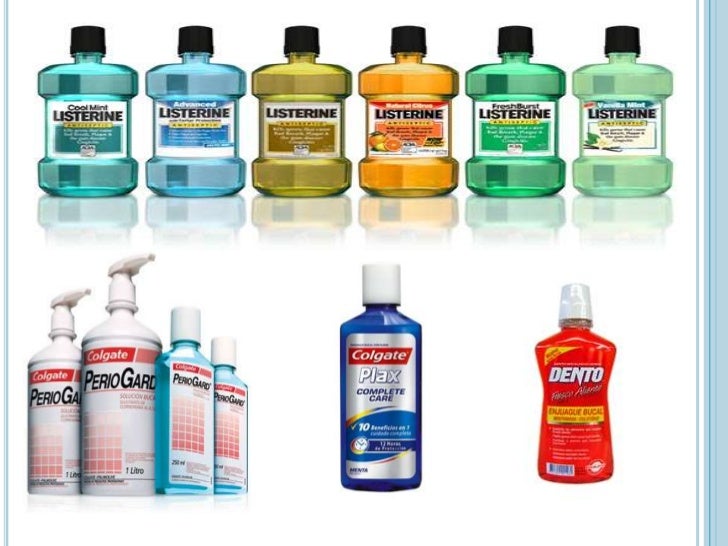How To Prevent Infection From Road Rash? Expert Advice

Road rash, a common injury among cyclists, motorcycle enthusiasts, and even pedestrians, can be a painful and potentially infection-prone condition if not properly managed. The friction and abrasion caused by sliding on pavement or other rough surfaces can lead to open wounds, making them susceptible to bacterial, viral, or fungal infections. Preventing infection from road rash requires immediate and proper care, as well as adherence to basic wound management principles.
Understanding Road Rash
Before diving into prevention strategies, it’s essential to understand the nature of road rash. This injury occurs when the skin scrapes against a rough surface, causing friction burns, abrasions, or lacerations. The severity of road rash can vary, ranging from mild redness and irritation to deep wounds that expose underlying tissues. Given its potential for complication, especially through infection, prompt and proper treatment is crucial.
Immediate Care
The immediate care of road rash is perhaps the most critical phase in preventing infection. Here are steps to follow immediately after sustaining a road rash injury:
Stop the Bleeding: Apply gentle pressure to the wound using a clean cloth or bandage. Elevate the injured area above heart level if possible to reduce blood flow to the area.
Clean the Wound: Rinse the wound with cool or lukewarm water and mild soap. Avoid using harsh soap, hydrogen peroxide, or iodine, as these can irritate the wound and delay healing. Use sterile saline solution if available.
Remove Debris: Gently remove any debris or foreign particles from the wound using tweezers cleaned with alcohol. Avoid pushing too hard, as this can cause further damage.
Apply Antibiotic Ointment: Once the wound is clean, apply a thin layer of antibiotic ointment to help prevent infection.
Cover the Wound: Cover the wound with a sterile bandage or dressing to protect it from further irritation and infection. Change the dressing daily or whenever it gets wet or dirty.
Preventing Infection
Preventing infection is a multi-step process that involves not only immediate care but also ongoing management of the wound. Here are some strategies to prevent infection:
Monitor for Signs of Infection: Keep an eye out for redness, swelling, increased pain, warmth around the wound, pus, or a foul odor. If you notice any of these signs, seek medical attention immediately.
Keep the Wound Moist: Apply a topical ointment that helps keep the wound moist, such as petroleum jelly or a hydrogel dressing. Moist wounds tend to heal faster and are less susceptible to infection.
Avoid Picking at Scabs: It’s tempting to pick at scabs or scratch itchy wounds, but this can lead to further damage and increase the risk of infection.
Take Antibiotics if Prescribed: If your healthcare provider prescribes antibiotics, take them as directed. However, antibiotics should only be used when prescribed by a doctor, as overuse can lead to antibiotic resistance.
Get Tetanus Shot if Necessary: If you haven’t had a tetanus shot in the last 10 years, your doctor may recommend a booster shot to prevent tetanus infection.
Advanced Wound Care
For deeper or more severe road rash injuries, advanced wound care may be necessary. This can include:
- Debridement: The removal of dead tissue to promote healing and prevent infection.
- Wound Packing: For deep wounds, packing the wound with gauze may be necessary to absorb drainage and promote healing.
- Negative Pressure Wound Therapy (NPWT): This involves applying a vacuum dressing to enhance and promote wound healing.
Conclusion
Preventing infection from road rash requires immediate care, ongoing wound management, and vigilance for signs of infection. By following these steps and seeking medical attention when necessary, individuals can reduce their risk of developing an infection and ensure a smoother recovery process. Remember, while many minor road rash injuries can be managed at home, deeper wounds or signs of infection always warrant medical evaluation.
How do I know if my road rash is infected?
+Signs of infection include increased redness, swelling, warmth, or pain around the wound, pus or discharge, or a foul odor. If you experience any of these symptoms, seek medical attention.
Can I use over-the-counter antibiotics on my road rash?
+No, you should not use over-the-counter antibiotics on your road rash without consulting a healthcare provider. Improper use of antibiotics can lead to antibiotic resistance and may not effectively treat the infection.
How long does it take for road rash to heal?
+The healing time for road rash can vary depending on the severity of the injury. Minor cases may heal within a week or two, while deeper wounds may take several weeks to months to fully heal.



